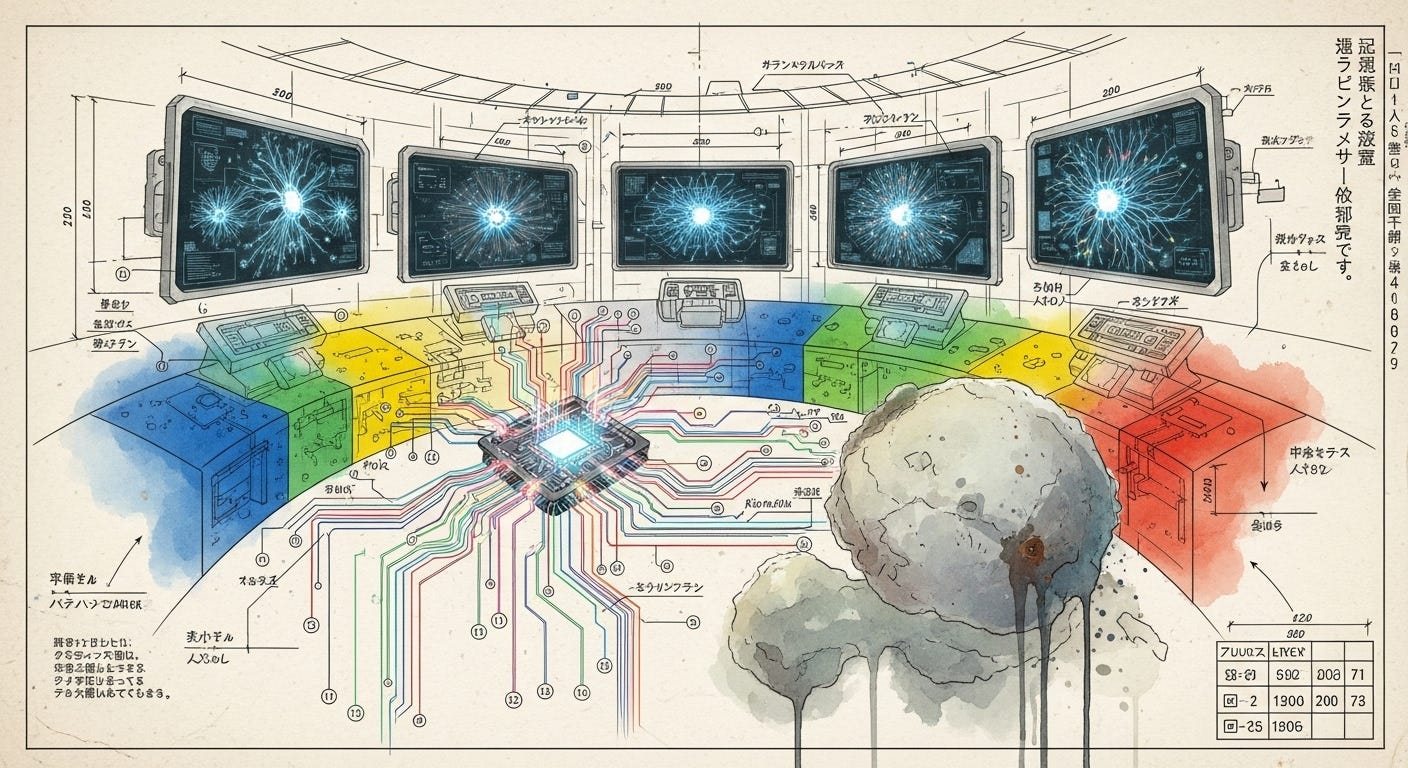GPT-5
The real breakthrough isn't raw power, but a dynamic 'thinking' mode-and how you can control it.
The paradox of GPT-5, which OpenAI unveiled today, is that it represents both a monumental leap and a potential sign of diminishing returns. While the company touts it as their "smartest, fastest, most useful model yet," sources who tested it early told Reuters the jump in capability is not as large as the one from GPT-3 to GPT-4.
How can both be true? B…
Keep reading with a 7-day free trial
Subscribe to Tide Prompt to keep reading this post and get 7 days of free access to the full post archives.


